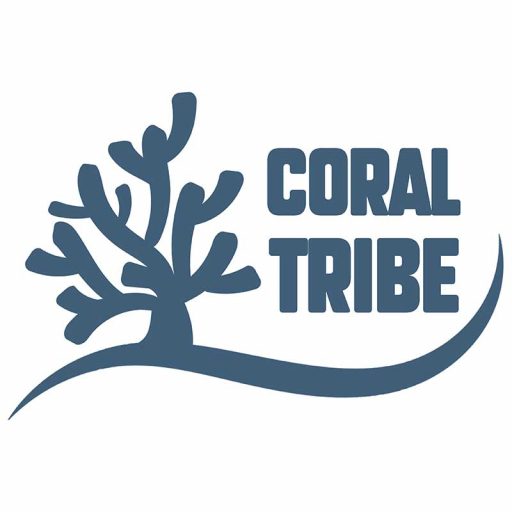COLLECTING IMPORTANT DATA ON CORAL PREDATORS
TAKING POPULATION NUMBERS, SIZES AND ACTIVITY RECORDS
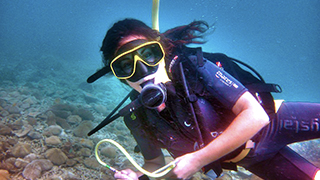
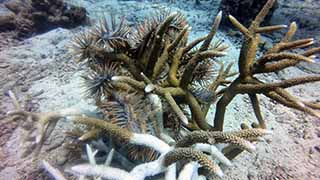
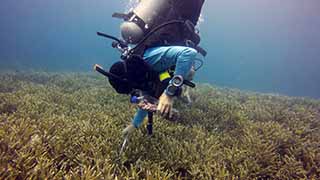
The Crown of Thorns is one of the larges species of starfish that feeds on hard corals.
Drupella also eat live coral tissue by stripping the tissue from the coral skeleton.
With outbreaks of these species around the world, we need to monitor their numbers as an imbalance of population could be devastating to the our coral reefs, which is why conduct invasive species monitoring as part of our Marine Conservation Internships
HOW DOES IT WORK ?
Equipment
Besides dive equipment, we need to know what we are looking forward, how to take notes and measurements.
Get Wet
As a team, we will head to a dive site and conduct a random survey looking for predators throughout our scuba dive.
Record
Important data to collect ar the activities, population numbers, measurements and dive site location for later reference.
Submission
Collate the data and compare to previous results for major changes that warrant population control dives.
WHY INVASIVE SPECIES MONITORING ?
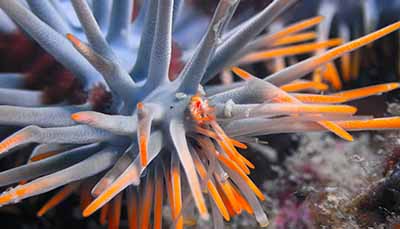
Although a natural part of the ecosystem, due to anthropogenic (environmental pollution and pollutants) factors these starfish and snails are now causing great ecological and economic problems for reefs throughout the Indo-Pacific.
Due to this, in any area where overfishing, development, deforestation, and over-use are threatening the reefs, Crown of Thorns and Drupella may develop into outbreak level populations and since they all need to eat, this can lead to huge parts of the coral reefs being over run by these coral munchers.
INVASIVE SPECIES FACTS
Crown of Thorns seastars can survive 9 months without food
If they lose a limb, it only takes 6 months to grow back
They produce 65 million eggs per season.
Both COTS & Drupella help maintain coral diversity, feeding on the fastest growing corals such as staghorns and plate corals, allowing the slower growing coral species to form colonies.
A single female Drupella snail can produce 100,000 eggs
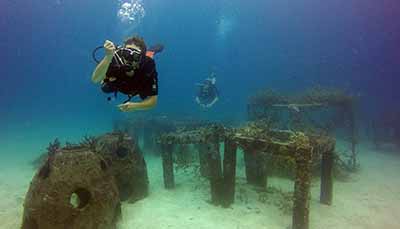
GET INVOLVED !
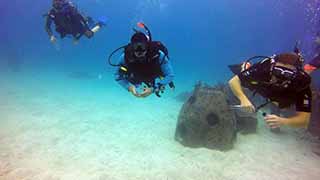
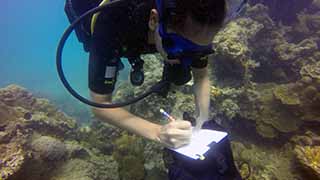
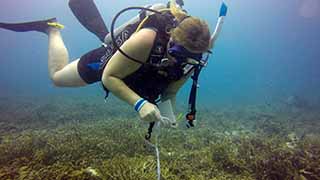
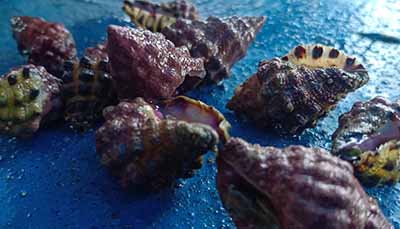
You can join our invasive species monitoring on the number of COTS & Drupella’s and record our findings. We look at specific parameters to see if any patterns emerge.
COTs & Drupella collections are always a challenge for some, buoyancy is key and patience is a must.
Advanced Open Water Diver with Peak Performance Buoyancy specialty is mandatory for these challenging dives.
Join a Marine Conservation Internship and study these coral predators.
GET MORE INFO !
If you have questions, about any of our projects, citizen science, research, volunteering, internships or training.
Please get in touch with us!
